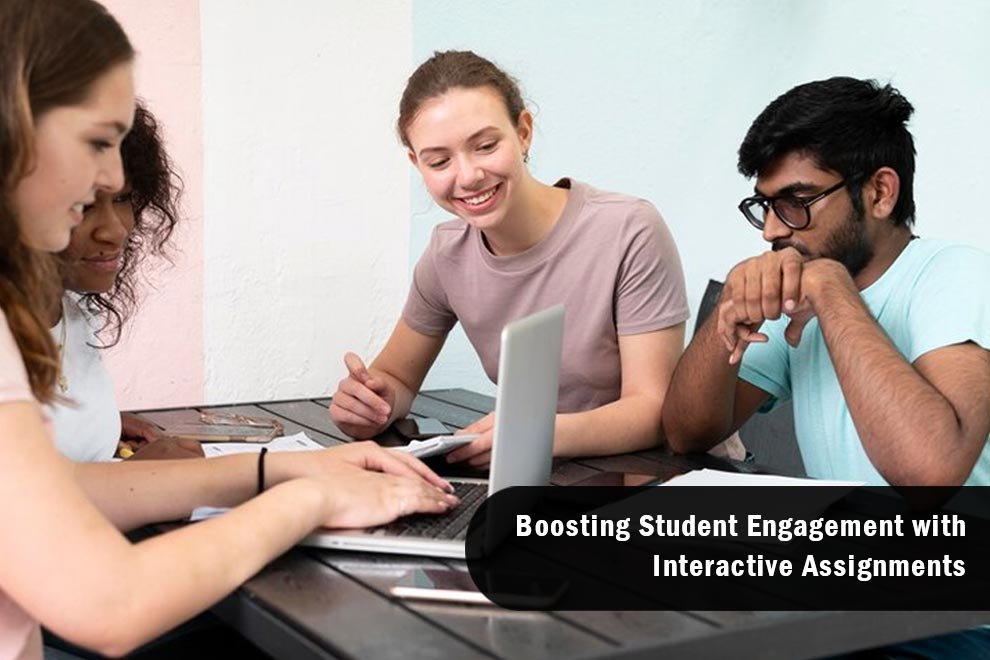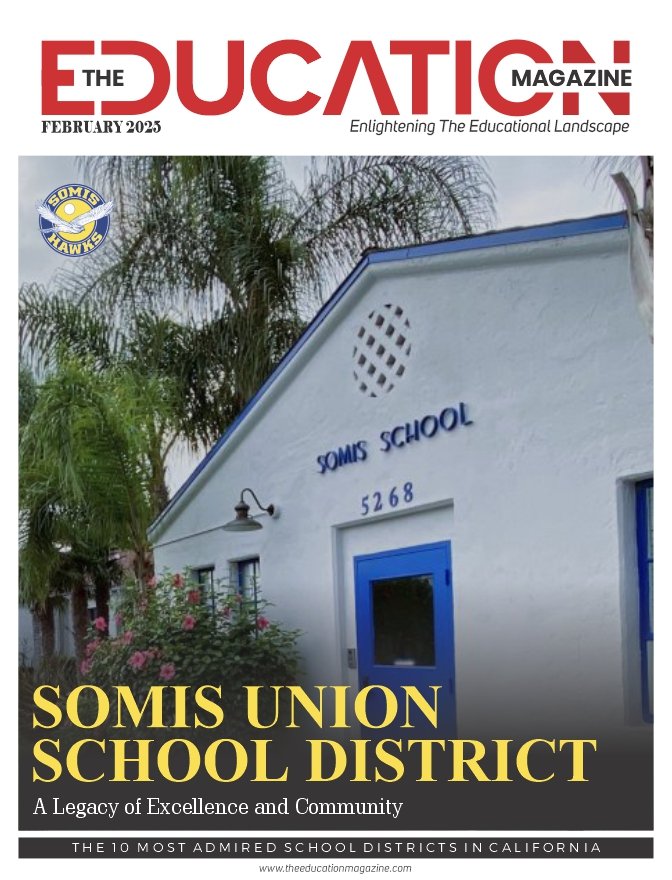Getting students engaged in their learning is key to their success. When they’re actively involved, they remember information better, join in discussions, and really start to enjoy the subject. One way to make this happen is through interactive assignments. These tasks aren’t just more fun; they also help students use what they’ve learned in practical ways.
Here’s how you can create assignments that will get your students excited and involved in their learning.
Understanding Interactive Assignments
Interactive assignments are those that require students to be actively involved. These tasks can include hands-on activities, working in groups, or using technology.
Unlike traditional assignments, which might just be about reading and answering questions, interactive assignments are more immersive. They might involve projects, presentations, or multimedia tools, making learning more dynamic.
Ideas for Interactive Assignments
Here are some creative ideas to make your assignments more interactive and engaging:
1. Digital Storytelling
Digital storytelling is a great way to mix creativity with learning. By using tools like images, audio, and video, students can create stories that connect to the subject they’re studying. This method makes learning more engaging and allows students to show their understanding in a unique and personal way. It’s especially useful in subjects like history, literature, and social studies, where telling stories can bring events and concepts to life.
2. Interactive Presentations
Interactive presentations can make classroom sessions much more engaging. Tools like PowerPoint, Prezi, or Google Slides let students add videos, quizzes, and links to their presentations. These features make the content more interesting and help keep the audience’s attention. Plus, creating and presenting these works helps students build public speaking skills and confidence.
3. Online Discussions and Forums
Online discussions and forums are perfect for getting students to share their thoughts and engage with their peers outside of class. Setting up a discussion board lets students post their ideas on a topic and respond to others, fostering deeper understanding through conversation. This can be especially helpful for students who might be shy about speaking up in class. Platforms like Google Classroom, Canvas, or even social media groups work well for this.
4. Virtual Field Trips
Virtual field trips can bring learning to life in a fun way. Websites like Google Earth or virtual museum tours can take students to different parts of the world or historical sites without leaving the classroom. After the virtual trip, you can have students write a report or create a project about their experience, making the trip even more educational.
5. Collaborative Projects
Group projects that require students to work together towards a common goal are another excellent way to make assignments interactive. This could be creating a video, designing a website, or conducting a research project. Tools like Google Docs, Trello, and Padlet can help students communicate and organize their work effectively.
6. Interactive Quizzes and Polls
Online tools like Kahoot, Quizizz, or Socrative can make quizzes and polls interactive and fun. These tools turn assessments into games, which can make learning more engaging. Plus, the immediate feedback helps students understand their strengths and areas where they need improvement.
Implementing Interactive Assignments
To get the most out of interactive assignments, follow these steps:
1. Plan Ahead
Effective planning is key to ensuring that your interactive assignments align with your learning objectives. Begin by clearly defining what skills and knowledge you want your students to acquire.
Design activities that are not only engaging but also purposeful, helping students to meet these goals. Consider the resources you’ll need and any potential challenges, and map out a timeline to keep everything on track.
2. Provide Clear Instructions
Clear instructions are crucial for the success of interactive assignments. Make sure your students know exactly what is expected of them by providing detailed guidelines and examples. Outline the steps they need to follow, the tools they might use, and the criteria for evaluation.
Be available to answer any questions and provide additional support as needed. This clarity helps students feel confident and prepared to tackle the assignment.
3. Use Technology Wisely
Incorporate technology in ways that truly enhance the learning experience. Choose tools and platforms that are intuitive and accessible to all students, ensuring that technology acts as a facilitator rather than a barrier.
For example, if students need to convert PDF documents to Word for editing their projects, Smallpdf’s quick file editing solution can be extremely helpful. This practical use of technology can streamline processes and make tasks more manageable for students.
4. Encourage Creativity
Encouraging creativity allows students to take ownership of their work and express their ideas in unique ways.
Give them the freedom to choose topics that interest them and to present their findings through various formats, whether it’s a video, a presentation, or a digital poster. This not only makes the assignment more enjoyable but also fosters a sense of pride and personal investment in their work.
5. Provide Feedback
Providing timely and constructive feedback is essential for student growth. Make sure to acknowledge their efforts and accomplishments, and offer specific suggestions for improvement. This helps students understand their strengths and areas where they can develop further. Constructive feedback also keeps them motivated, guiding them towards better performance in future assignments.
By following these steps, you can create interactive assignments that not only engage your students but also enhance their learning experience, helping them to develop crucial skills in a fun and effective way.
Benefits of Interactive Assignments
Here are some significant benefits your students can gain from interactive assignments:
Enhanced Learning Experience
Interactive assignments make learning more engaging and memorable. When students are actively involved, they not only absorb information better but also retain it longer. Learning becomes fun and exciting, sparking their curiosity and enthusiasm.
Improved Critical Thinking
These assignments often challenge students to think deeply and critically. They might solve complex problems, analyze case studies, or develop projects that require thorough evaluation and reasoning. This helps enhance their analytical skills, preparing them for advanced academic work and real-world problem-solving.
Better Collaboration
Group projects and collaborative activities teach students how to communicate effectively, share ideas, and respect different viewpoints. They learn the value of teamwork and how to manage conflicts constructively, skills that are essential both in school and in their future careers.
Increased Motivation
Engaging assignments naturally boost students’ motivation. When tasks are interactive and enjoyable, students are more enthusiastic about completing them. They take pride in their work and are eager to share their accomplishments with peers and teachers. This increased motivation leads to higher participation rates and better overall performance.
Technology Integration
Incorporating technology into assignments helps students develop important digital skills. They learn to navigate online resources, use software applications, and collaborate through digital platforms. These skills are crucial in today’s tech-driven world. By integrating technology into education, we prepare students for the future, equipping them with the competencies they need to succeed.
Final Thoughts
Interactive assignments are a powerful tool to boost student engagement. By making learning more dynamic and enjoyable, these tasks help students develop critical thinking skills, collaborate effectively, and stay motivated.
As educators, it’s important to continually explore new ways to engage students and enrich their learning experience. With careful planning and the right tools, you can create interactive assignments that not only enhance learning but also make education an exciting journey for your students.
Also Read: Is Project Based Learning Right for You? Here’s How to Find Out!










